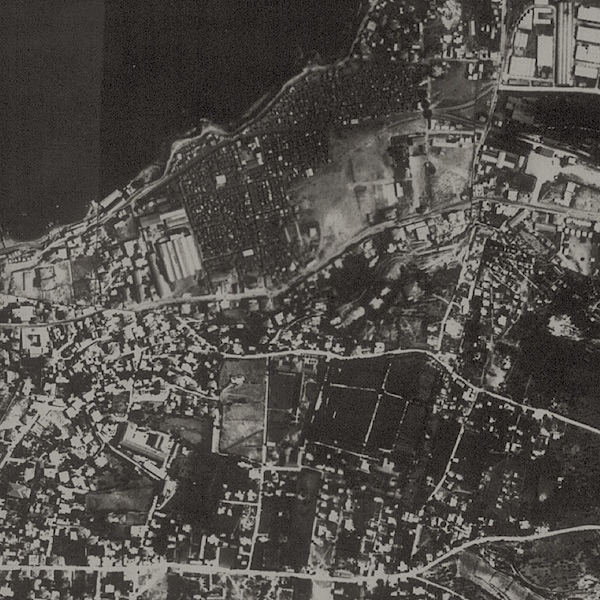

Click on image to see the tour path
The historical architectural fabric of Roum is relatively intact and there are few construction sites active in the area. Due to the absence of public spaces in the neighborhood historically, its urban fabric is characterised by an abundance of shared spaces between buildings, with public space redefined as the alleyways, lanes, and public staircases where residents meet and talk.
Whereas, Badawi is one of the districts bordering the Beirut River where Armenian refugees settled. During the French Mandate it was within reach of several sources of employment, including the military barracks, the railroad, and the port, as well as being close to Central Beirut. The district is made up of three neighbourhoods (hayy)—Camp Hajeen, Khalil Badawi Street, and Camp El Abiad—each of which has its own unique history of development and how it reached the status of a residential neighbourhood.
In the past few years, before the ground floor premises of buildings along Mar Mkhayel Street were converted into cafés and restaurants, the price of a square metre of land in the neighbourhood, as well as rents, were low in comparison to other areas of Achrafieh, which was a factor in attracting new residents. Badawi was seen as a marginal neighbourhood in the Beirut suburbs that nevertheless enjoyed all the administrative benefits of the city centre, such as being connected to the city’s electrical grid and schedule.
The economic and social transformation which began in Mar Mkhayel in 2008, had a direct impact on the residential make-up of Badawi, with many properties around Khalil Badawi Street sold to property investors. The entry of these small-time investors onto the scene contributed to a rise in the cost of accommodation and began to attract temporary residents, such as tourists and the wealthy, to an area that had historically been home to those on limited incomes who were unable to afford the costs of living elsewhere in Beirut. As the demand for affordable housing grew more acute, the conversion of apartments into individually-rented studio flats and rooms became common practice, which often resulted in unfit living conditions given the absence of proper housing regulations and policies for adequate housing.
Download the pamphlet:
